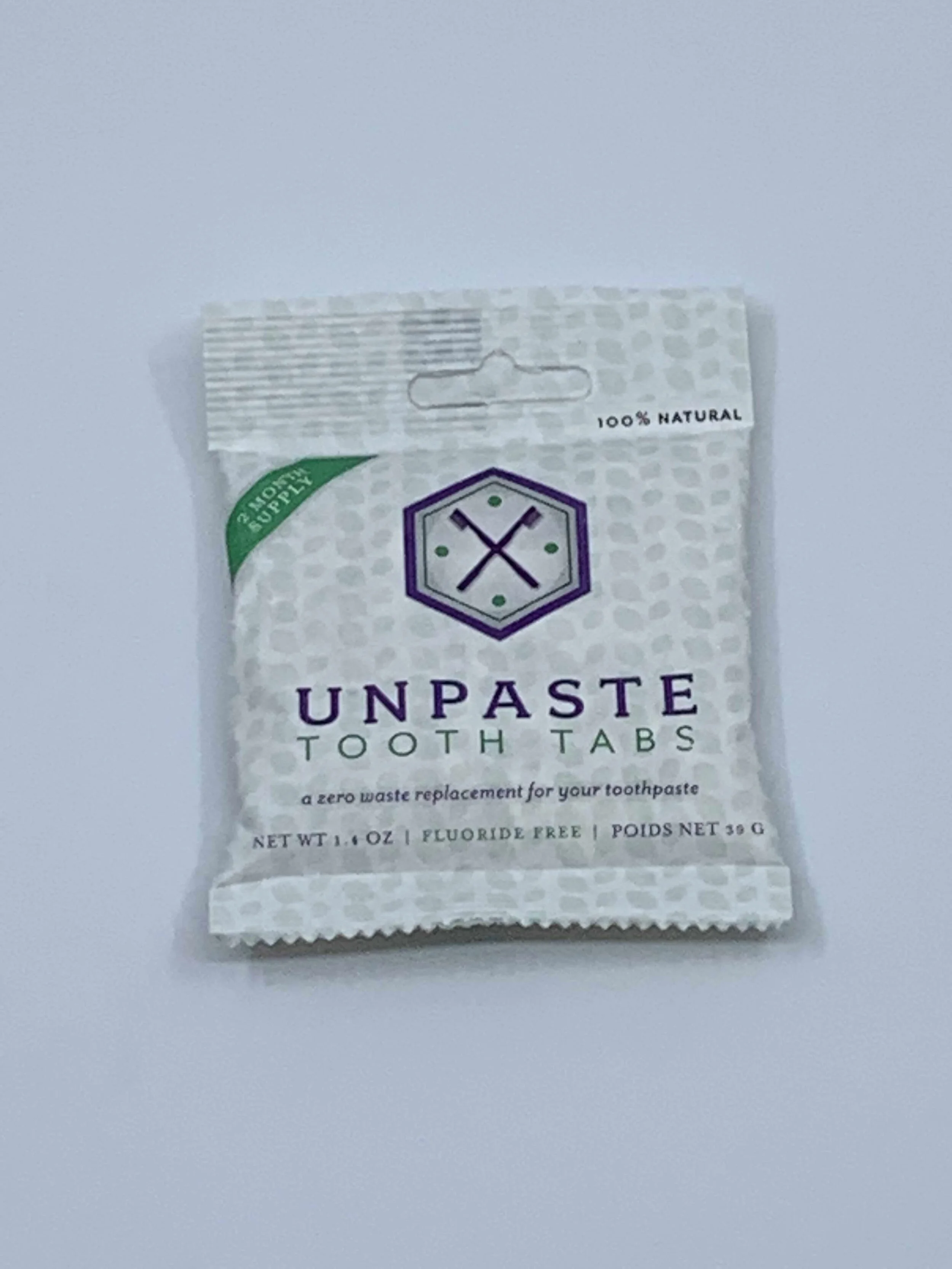Common Bathroom Waste and How to Eliminate its Sources.
In many homes today, especially amidst the uncertainties of the coronavirus pandemic, bathrooms are a major source of waste and yet do not receive great attention; in many instances, bathroom waste appears to emerge from necessary products, therefore excluding replacement, or any other form of environmental restitution.
However, many new products have emerged, or in some instances reemerged, that address many of the issues common in bathroom waste reduction; this allows an opportunity for reviewing common purchases.
Many of the common sources of avoidable waste emerge from packaging associated with small regular items, such as toothpaste and floss; floss is an example of this phenomenon, with product and packaging both sources of waste. While the waste associated with the floss directly is unavoidable, the disposal of plastic packaging can be avoided by changing buying habits.
Toothpaste has also come to attention in the past several years, as concern over the prevalent plastic tube has grown. However, lesser known toothpaste manufacturers utilize metals, such as aluminium. These options allow tubes to be recycled in more jurisdictions; however, many major toothpaste brands continue to use plastic tubes, which often require special accommodation to be recycles.
Soaps in the bathroom often come in various packages and styles, with dispenser soap entailing significant waste; these packages can be reused, wither by being refilled with soap, or by being put to other uses. Despite this opportunity for down-cycling, the use of soap bars is usually preferable; adapting your bathroom to soap bars, all but the most rudimentary packaging is avoided. Bar soap can also reduce costs, as it can be easily purchased in bulk for low prices.
An example of a minimally packaged alternative to traditional toothpaste.
A Similar dichotomy exists with bathroom cleaners. Like many personal goods, common bathroom cleaners are also often sources of plastic waste that in many instances can be avoided. In most instances, waste from common bathroom cleaner packaging is derived from the bottle or other similar container, as seen with liquid cleaners, and or is derived from the clever itself, such as with disposable wipes. These environmentally burdensome cleaners can often be replaced with simplistic homemade cleaners and or mass market, store purchased spray cleaners.
When reviewing these various common sources of unneeded waste in bathrooms, many associated benefits to changes made with consideration to the environment, such as scrutiny of product performance, can also make the bathroom more efficient. These changes combined well likely make a bathroom an improved place.

